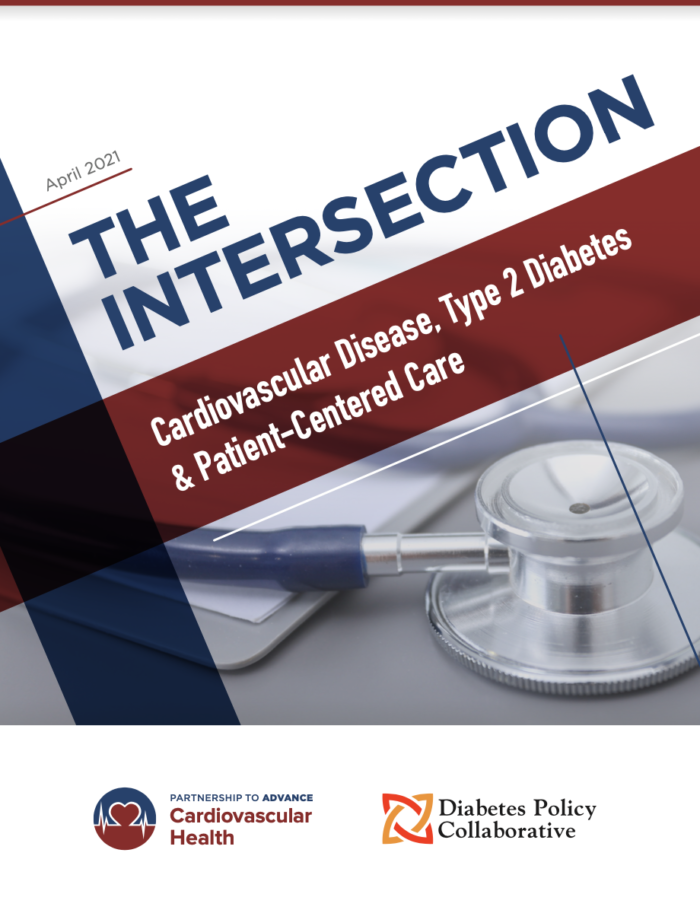Heart disease and Type 2 diabetes aren’t just common. They commonly occur together. So why does the health care system force patients with both conditions to treat one disease at a time?
A better approach exists, argues “The Intersection,” a new paper from the Partnership to Advance Cardiovascular Health and the Diabetes Policy Collaborative. The policy paper explains why treating these diseases as the comorbidities they so often are can improve the lives of patients.
Treating the patient instead of the independent diseases, the paper notes, can provide more cohesive treatment and better health outcomes.
Patient-Centered Care
Making patient-centered care available to the growing number of people with both conditions requires changes in the health care system. The paper highlights the need for:
- Improved Awareness. Patients and providers may not always be current on the latest guidelines and treatment options that can address both conditions. Ongoing provider education and increased public awareness efforts can help fill these voids.
- Interdisciplinary Collaboration. Patients with heart disease and diabetes may see many doctors and other health care professionals to treat both conditions. Encouraging collaboration and communication among multiple providers can improve patients’ care.
- Streamlined Treatment Regimens. Clinical research reveals that some drugs, such as SGLT2 inhibitors, can have beneficial effects for both Type 2 diabetes and heart disease. Exploring dual-benefits medications is just one example of how patients and providers can make treatment simpler and more efficient for people living with both diseases.
- Comprehensive Coverage. Health plans should limit delays and disruptions to patient care caused by practices such as prior authorization and non-medical switching. They could also expand coverage for ancillary supports like nutrition counseling.
Adjusting treatment strategy can help the millions of Americans battling these comorbid conditions. Getting there, however, will require a “mindset shift and policy action,” the paper concludes.
Type 2 Diabetes & Cardiovascular Disease in America
Almost half of Americans have some form of heart disease. And 1.4 million new cases of Type 2 diabetes are diagnosed each year, afflicting one out of 10 Americans over the age of 20. The incidence of both conditions is increasing.
Many patients face these diseases concurrently, often with deadly results. In the United States, more than two-thirds of people over age 65 who live with diabetes die from heart disease.
For more information, read “The Intersection: Cardiovascular Disease, Type 2 Diabetes & Patient-Centered Care.”


